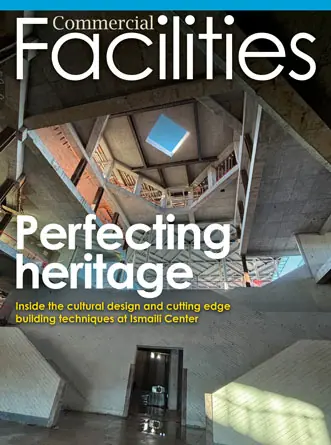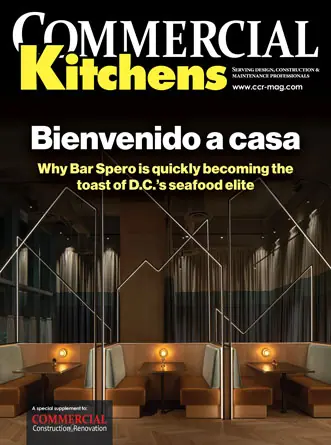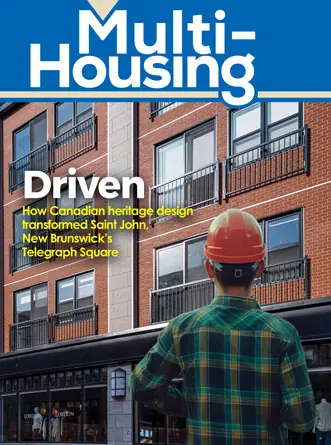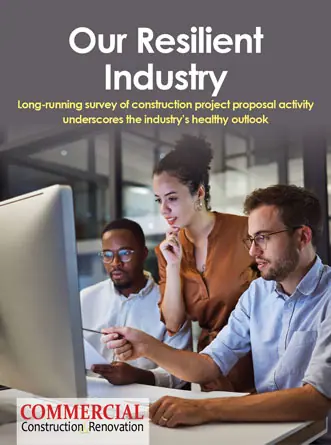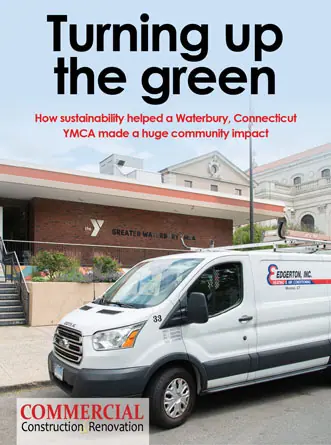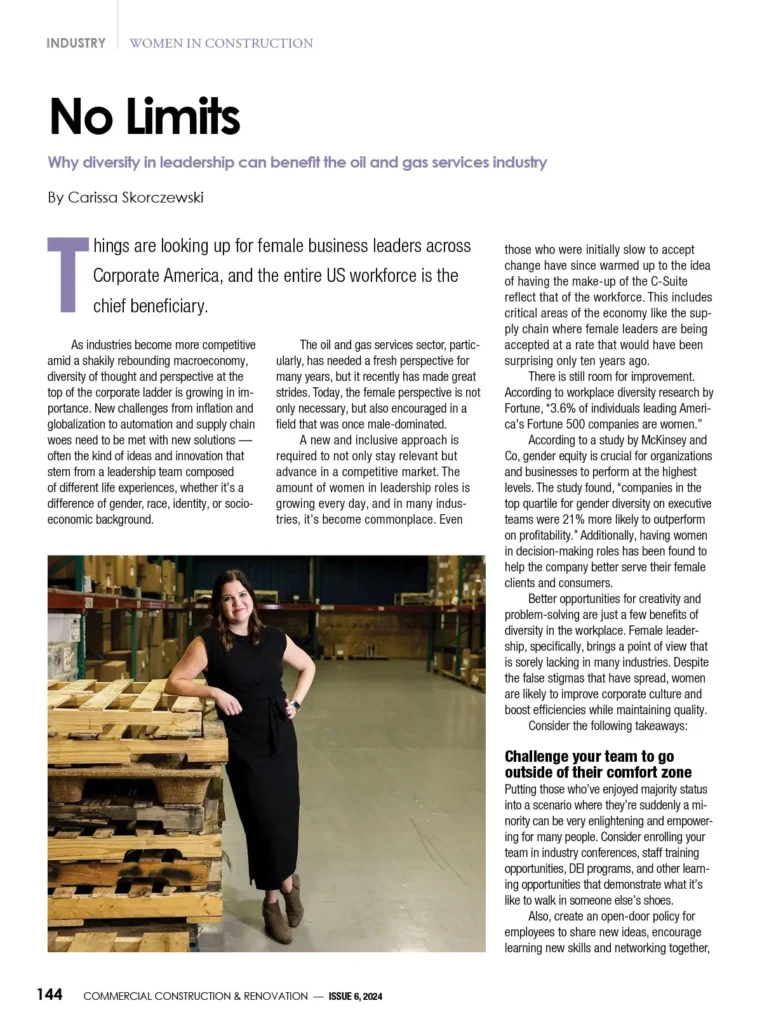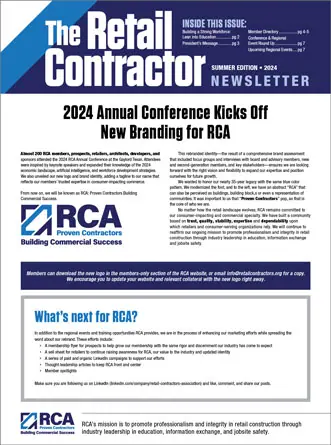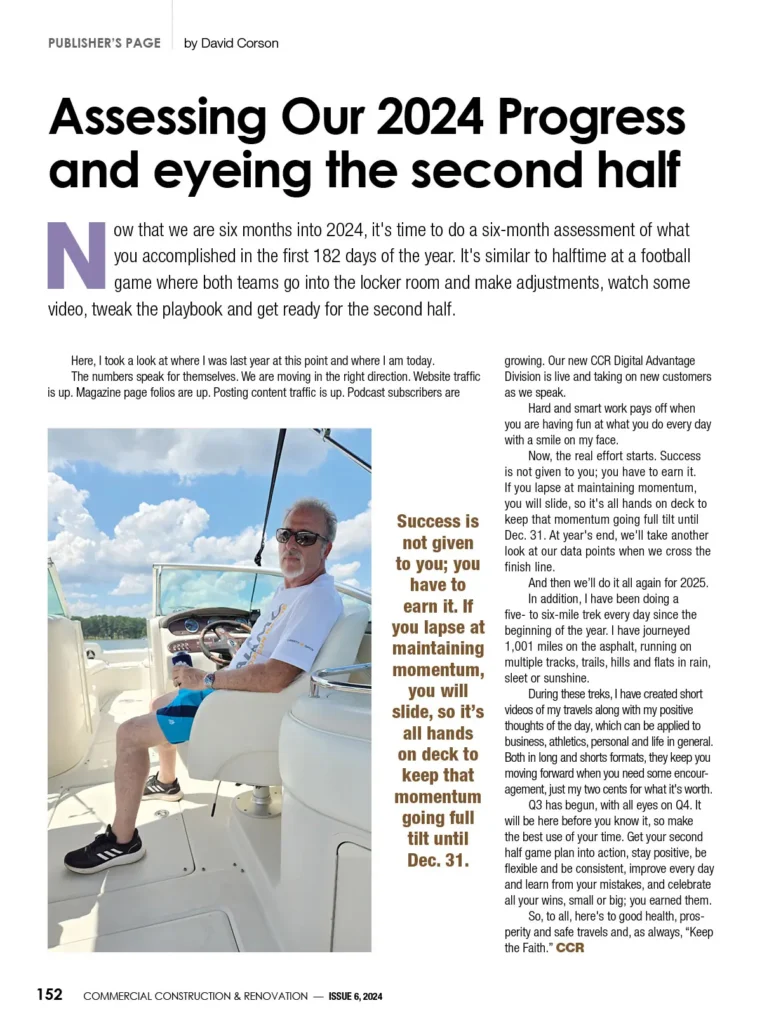America’s higher education system is at a crossroads. The sharp decline in student enrollment precipitated by the COVID-19 pandemic and aging on-campus facilities, which are creating a backlog of buildings due for renovations, require administrators and facilities managers to explore more creative, cost-effective design solutions. Adaptive reuse is a design trend that could meet the continuous need for innovation and progress in higher education while unlocking social and economic benefits for schools.
“By examining their existing building stock through the adaptive reuse lens, colleges and universities may discover untapped potential waiting to be explored,” according to J. Sanders Tate, Principal at McMillan Pazdan Smith Architecture. “Implementing this growing design trend might even allow colleges to downsize and cut operating costs.”
As director of the MPS Columbia office, Sanders has been the principal-in-charge for many significant higher education building projects, including the complete systems replacement renovation of the University of South Carolina’s LeConte College and the adaptive reuse of USC’s Science and Technology Building, a chemistry instructional facility. His experience designing for new-build projects, renovations and retrofits makes him uniquely qualified to discuss how architects can advise higher-ed administrators considering facilities investments.
Sanders’ design for USC’s Science and Technology Building entailed repurposing a former law school in the heart of a tight urban campus and transforming it into three floors of state-of-the-art laboratories. The scope of the design included a complete gutting and abatement of the approximately 180,000-square-foot structure first built in the 1970s.
Through their innovative design, Sanders and his team were able to provide USC with an economical and sustainable approach to meeting the increasing demand for undergraduate chemistry teaching spaces. Creative solutions like these could allow schools to remain progressive and competitive at a lower cost than new-build construction. The environmental impact of repurposing existing structures should also be considered, as there is a great deal of embodied energy and material in these buildings. However, this approach comes with challenges, and architects should consider all options scrupulously.
Numerous campuses need renovations and the sustained demand for architectural services. The American Institute of Architecture reports about 22% of nonresidential construction spending over the past decade went to education, comprising 14% of the existing commercial building stock.

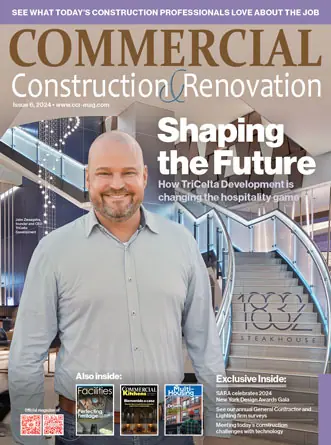








 The 2024 virtual Men’s Round Table will be held Q4, 2024, date TBD.
The 2024 virtual Men’s Round Table will be held Q4, 2024, date TBD.


